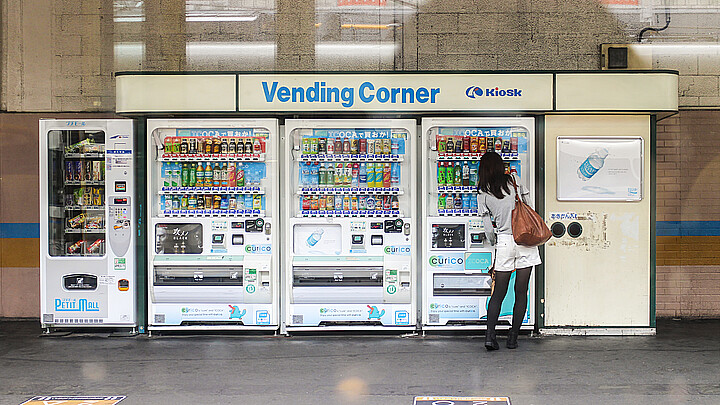Health
New York facing health insurance rate increase
Individual health insurance plans, and those part of a small group, are expected to have increases in premiums in New York next year
August 19, 2022 3:19pm
Updated: August 19, 2022 8:23pm
Individual health insurance plans, and those part of a small group, are expected to have increases in premiums in New York next year.
Earlier this week, the state Department of Financial Services approved rate increases for numerous plans in both categories, which provide coverage for more than 1.1 million New Yorkers.
In announcing the new rates, which will go up by an average of nearly 10% for individual plans and almost 8% for small groups, DFS said they were saving New York residents and small businesses almost $800 million. That’s because the insurance companies initially proposed higher premium increases.
For example, Emblem sought an increase of 34.6% for its individual plan, but DFS approved only a 9% increase. On the small group side, which helps businesses with up to 100 employees offer insurance for their workers, Emblem’s proposed 45.7% increase was reduced to 13.6%.
In approving the reduced increases, DFS also said it limited profit margins to 0.5%, “a historically low” rate.
“Rising medical costs and inflation continue to put upward pressure on premiums,” DFS Superintendent Adrienne A. Harris said. “With our rate actions announced today, we continue to prioritize the financial well-being of consumers while ensuring that New Yorkers have access to a robust, stable health insurance market.”
However, the Empire Center for Public Policy wonders if the state’s process of controlling rates is actually saving residents and employers money. Bill Hammond, the think tank’s senior fellow for health policy, published a column Friday arguing that New Yorkers aren’t benefitting.
Using U.S. Agency for Healthcare Research and Quality data through 2021, Hammond said small group plans in New York were running about 13 percentage points higher than larger employer plans, which typically have self-funded plans. Federal law precludes the state from regulating those plans.
He said that the gap has widened since the state enacted its price-control law more than a decade ago.
Hammond added that New York’s approach is failing because it does not address the symptoms causing the higher prices.
“Those costs include the state’s extraordinarily heavy taxes in health coverage and its ever-growing list of costly coverage mandates that legislators impose on insurance plans,” Hammond wrote.
More than 260,000 New Yorkers have coverage through the individual plans, while the small group plans cover about 850,000 residents. Certain individuals and small businesses may also qualify for federal tax credits to offset some of the premium increases they’ll incur.
The rate decisions handed down by DFS do not include the state’s Essential Plan, which offers no-premium coverage for more than 1 million low-income New Yorkers.










